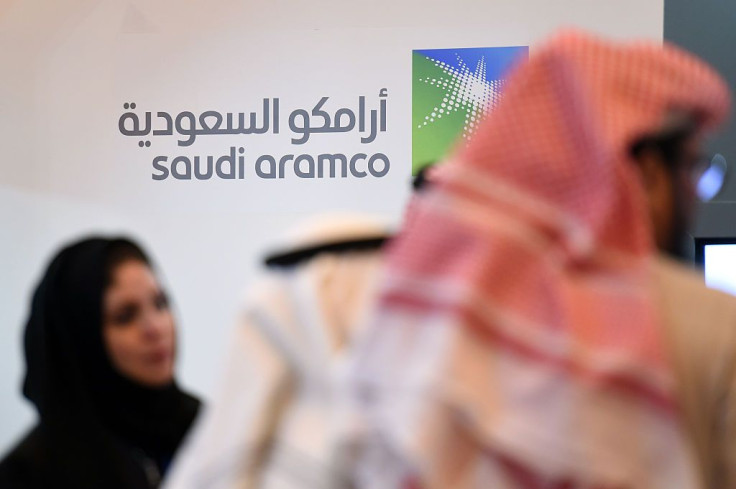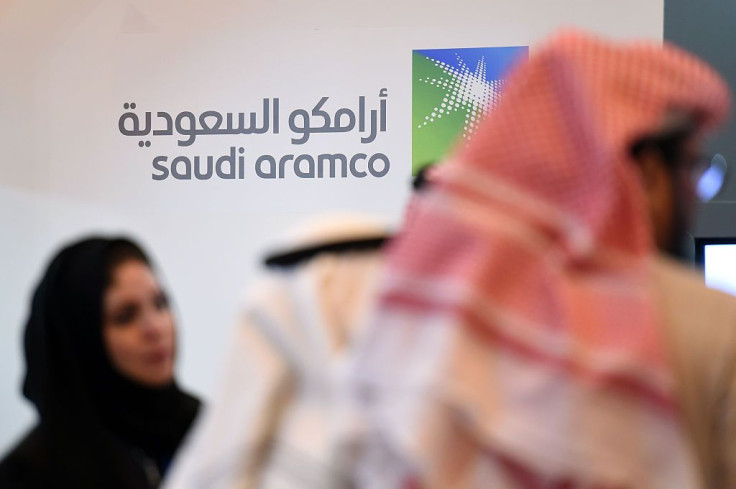Saudi Aramco Is World's Most Profitable Company; Worth $2 Trillion in Valuation?

Saudi Aramco, the national petroleum and natural gas company owned by the government of Saudi Arabia, remained the world’s most profitable company in 2018, posting a net income of $111 billion. It also remains one of the largest companies in the world by revenue.
But these claims, while impressive, might not be enough to justify Saudi Arabia’s announced intent to have Aramco hit a breathtaking record market capitalizaton of $2 trillion when Aramco IPOs this year, according to analysts. Aramco’s reliance on oil revenues and lack of diversification makes it highly susceptible to volatility.
Analysts note that Aramco’s cash flows are two to three times larger than either Royal Dutch Shell or ExxonMobil. But Aramco’s desire for a market cap six to seven times higher than these two oil majors is far too ambitious to many investors who have said Aramco could be worth more than $1 trillion but not $2 trillion.
ExxonMobil’s current market cap stands at $327 billion, while Shell is worth $285 billion.
Saudi Arabia wants to raise a record $100 billion in the IPO by selling a 5 percent stake in Aramco on local and foreign exchanges. Aramco’s earnings are vital to Saudi Arabian Crown Prince Mohammed bin Salman, who has made the Aramco IPO a cornerstone of Saudi economic reform to 2030.
Saudi Arabia’s case for wanting a valuation for Aramco at $2 trillion -- the largest in history -- is being muddled by conflicting data about the state-owned oil giant’s actual financials.
Aramco’s huge earnings and cash flows might fail to justify its desired $2 trillion valuation, according to Bloomberg. Aramco rejected Bloomberg’s estimate that it recorded a net income of $33.8 billion in the first six months of 2017 with cash flows amounting to $52.1 billion.
Data prepared to the IFRS standard and citing Aramco accounts also show Aramco posting $7.2 billion in net income in the first of half of 2016, when crude averaged $41 a barrel, said Bloomberg. Aramco was having none of this, however.
“This is inaccurate, Saudi Aramco does not comment on speculation regarding its financial performance and fiscal regime,” the firm said in a statement.
And despite Aramco’s mammoth earnings, the company failed to receive the top credit rating from rating agencies like Moody’s, which issued an A1 rating for Aramco. Aramco’s heavy dependence on the Saudi Arabian economy is seen as a headwind for the company. In contrast, Chevron and ExxonMobil have Moody’s ratings of Aa2 and Aaa, which are higher than Aramco’s.

“Aramco is wholly-owned by the state and is expected to remain largely under government ownership even after any potential IPO in the future,” said Rehan Akbar, senior credit officer at Moody’s in a note to clients.
“While there is a clear track record of Aramco having been run as a commercially independent company, the government’s budget is highly reliant upon contributions from Aramco in the form of royalties, taxes and dividends.”
© Copyright IBTimes 2024. All rights reserved.





















